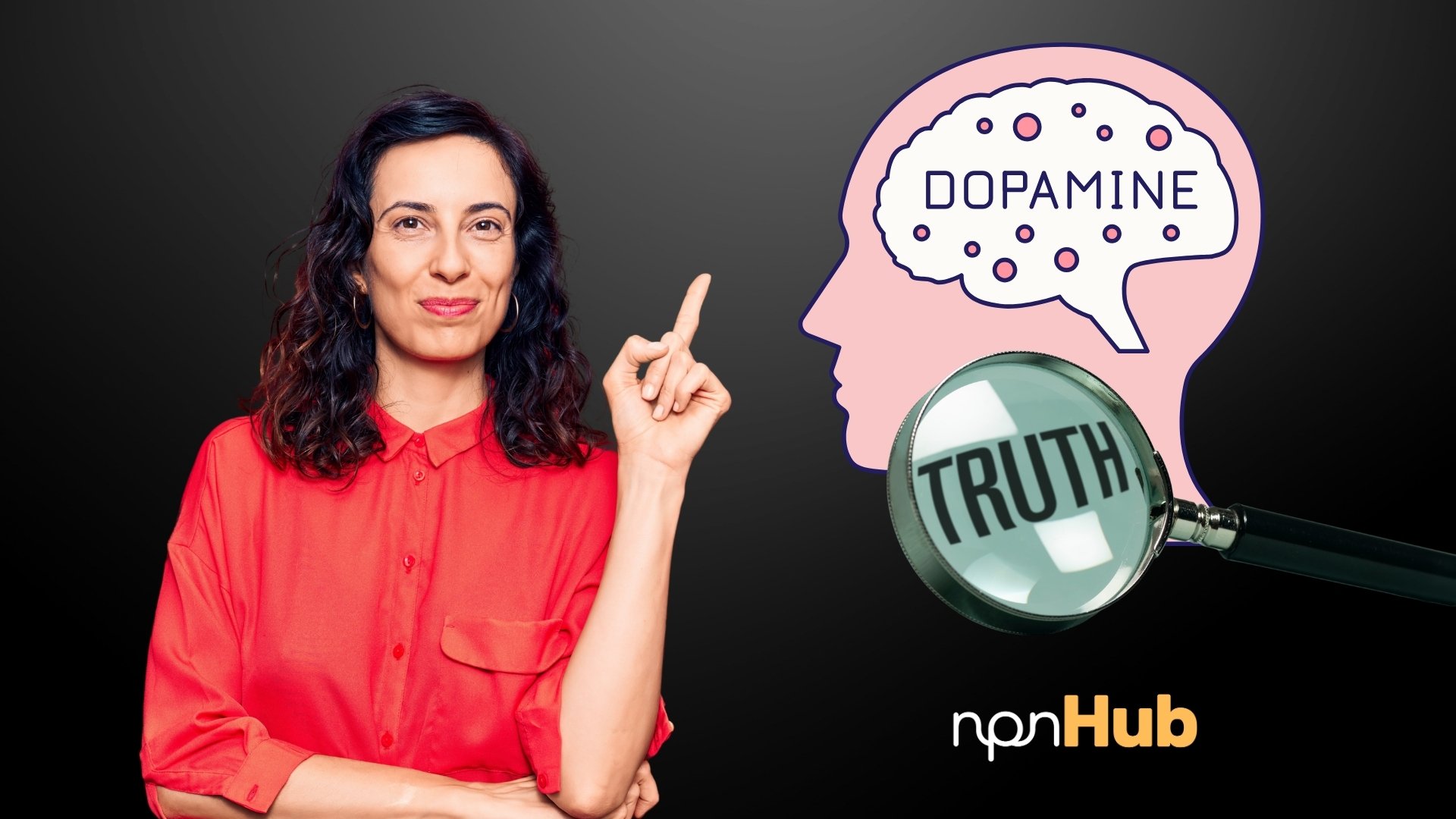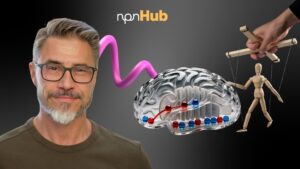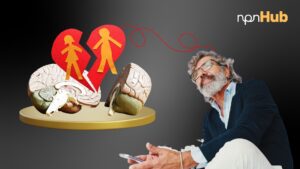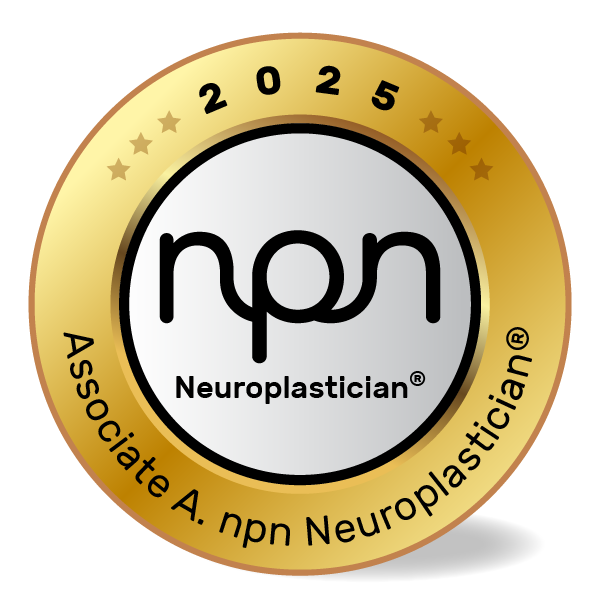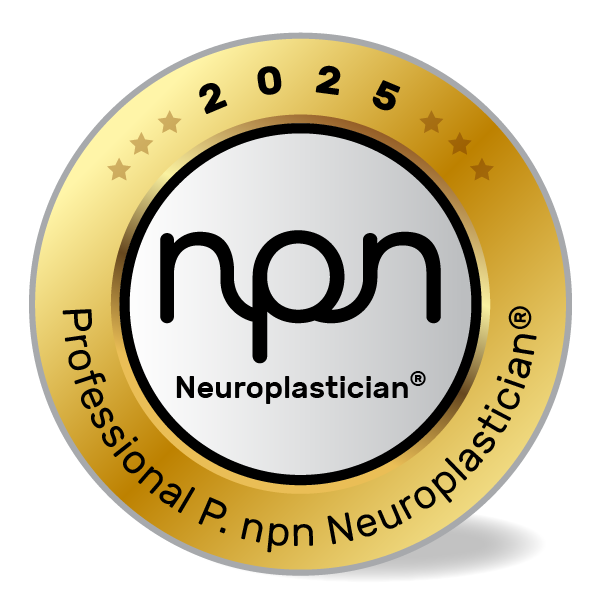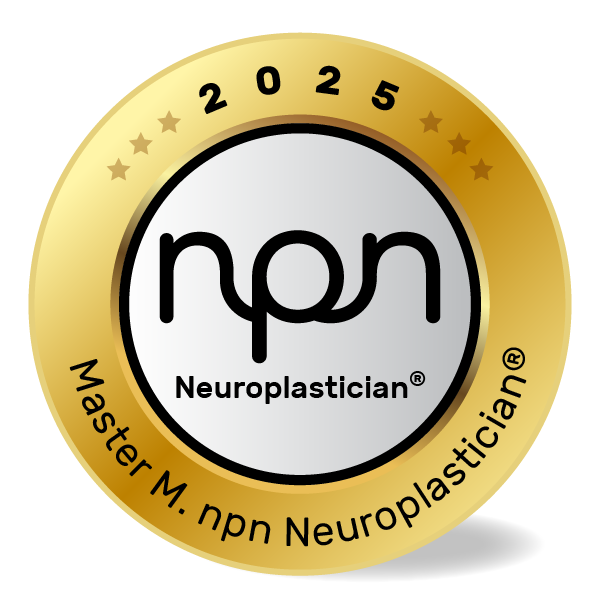Summary:
- Motivation and Reward: Dopamine reinforces behaviors leading to satisfaction and goals.
- Addiction: Artificial dopamine surges rewire the brain, causing dependency and anhedonia.
- Risk-Taking: Greater dopamine increases excitement-seeking and adventurous behaviors.
- Daily Functions: Regulates motor control, learning, memory, mood, and avoidance responses.
- Balance: Healthy activities maintain dopamine levels for emotional and mental well-being.
Dopamine is Dope!
One of dopamine’s most intriguing roles is in the brain’s reward system. It’s not the pleasure but the motivation to pursue things that bring joy or satisfaction. Think of it like this: dopamine is the brain’s encouragement, not the reward itself.
Let’s consider Sue. She’s a runner who loves completing marathons. Her dopamine system kicks in the night before the race as she prepares her running gear. The anticipation of finishing the marathon activates her brain’s mesolimbic pathway, creating a surge of motivation. This feeling pushes her to wake up at dawn, endure the grueling race, and cross the finish line. Once she finishes, the brain rewards her with a euphoric sense of accomplishment.
This is where dopamine often gets misunderstood. It doesn’t directly cause pleasure; rather, it reinforces behaviors that lead to rewarding outcomes. That’s why gamblers keep betting, addicts keep ‘doping’, athletes keep training, and students keep studying — the brain “learns” to expect a reward and drives us to act.
What’s Dopamine? The Science Simplified
Dopamine, often referred to as the “feel-good chemical,” is a neurotransmitter that plays a critical role in how we experience pleasure, motivation, and reward. It’s often sensationalized as the reason for addiction, risky behavior, and compulsive habits, but dopamine is far more complex. It influences our motor control, memory, learning, and even our ability to avoid unpleasant experiences.
While it has been unfairly maligned as a villain, the truth about dopamine is both fascinating and far-reaching. The research into understanding it became a project that lasted almost 3 years to simplify its role. It resulted in needing to understand over 2 dozen other neurotransmitters and you can use the free app NeuroStarter.com to find out more, but let’s start where I started and understand dopamine 101.
At its core, dopamine is a messenger that allows neurons to communicate It is one of over 100 neurotransmitters in the brain, but it has earned its fame due to its pivotal role in the brain’s reward and motivation systems. Dopamine is produced in a small number of neurons, in the midbrain’s substantia nigra and the ventral tegmental area (VTA). It travels through specific pathways, influencing how we think, feel, and make choices.
Dopamine pathways are categorized into four major systems:
- Nigrostriatal Pathway – Controls motor function and movement.
- Mesolimbic Pathway – The reward pathway, links to pleasure, motivation and addiction.
- Mesocortical Pathway – Regulates executive functions like planning and focus.
- Tuberoinfundibular Pathway – Affects hormone regulation, such as breastfeeding.
Surprisingly, only about 20,000 neurons out of the brain’s billions are dopamine-producing. Yet, this small system is powerful enough to influence emotions, behaviors, and physical functions.
Dopamine’s Dark Side
While dopamine helps us stay motivated, it can also lead to trouble when paired with addictive behaviors. Substances like drugs, alcohol, junk food and even social media can hijack the brain’s reward system, flooding it with surges of dopamine that are far more intense than natural rewards.
For instance, Tom, a college student, started using stimulants to stay awake during finals. The drugs triggered massive dopamine surges, making him feel alert, confident, and unstoppable. However, over time, his brain began to adapt. It reduced its dopamine receptors, making it harder for Tom to feel pleasure naturally. What once gave him joy—like hanging out with friends or playing music—now felt dull. To chase the high, Tom started taking larger doses, spiraling into addiction.
This pattern illustrates how addiction alters the brain. The more dopamine is artificially stimulated, the harder it becomes for the brain to feel pleasure from everyday experiences, a condition known as anhedonia. Addicts often find themselves in a vicious cycle, driven not just by a craving for the drug but also by an inability to experience joy elsewhere.
Decision-Making: Risk vs. Reward
Dopamine also influences how we weigh risks and rewards. Research shows that people with fewer dopamine-regulating receptors — known as autoreceptors — are more prone to risk-taking. When novelty or a reward is involved, their brains release more dopamine, creating a stronger sense of excitement and motivation to act.
For example, thrill-seekers like skydivers or gamblers often report a “rush” when engaging in risky activities. This surge is dopamine at work, urging them to keep seeking out the next big reward. In a 2015 study, researchers found that artificially increasing dopamine levels made participants more likely to choose risky options that promised rewards but less so when faced with potential losses (Rutledge et al., 2015).
The Role of Dopamine in Everyday Life
While dopamine is often linked to addiction or risk, it’s also essential for everyday activities. It helps regulate:
- Motor Control: Movements become slow or uncoordinated, as seen in Parkinson’s disease with insufficient dopamine
- Learning and Memory: Dopamine helps us retain information by associating actions with outcomes, both positive and negative.
- Mood and Motivation: Low dopamine levels can contribute to lethargy, lack of motivation, and even clinical depression.
Dopamine is also involved in avoiding negative experiences and it doesn’t just drive us toward rewards but also helps us avoid pain and discomfort. If you’ve ever avoided an awkward situation by faking a phone call, dopamine likely played a role in reinforcing that avoidance strategy.
The Balancing Act
Dopamine is neither good nor bad—it’s essential. It motivates us, drives us toward success, and helps us learn from experiences. However, when overstimulated by artificial means like drugs or gambling, it can wreak havoc on our mental health and decision-making.
The key lies in maintaining balance. Pursuing meaningful, natural rewards—like exercise, relationships, and personal achievements—can keep the dopamine system healthy without overstimulation. To find out more about how dopamine and other neurotransmitters work feel free to look at the free app: NeuroStarter.com
Understanding dopamine helps us recognize how this small molecule shapes our actions, habits, and happiness. Whether it’s finishing a marathon, chasing an academic goal, or simply enjoying a piece of chocolate, dopamine quietly influences the choices we make every day.
References
Robb B. Rutledge, Nikolina Skandali, Peter Dayan and Raymond J. Dolan. Dopaminergic Modulation of Decision Making and Subjective Well-Being. Journal of Neuroscience 8 July 2015, 35 (27) 9811-9822; https://doi.org/10.1523/JNEUROSCI.0702-15.2015 NeuroStarter.com

